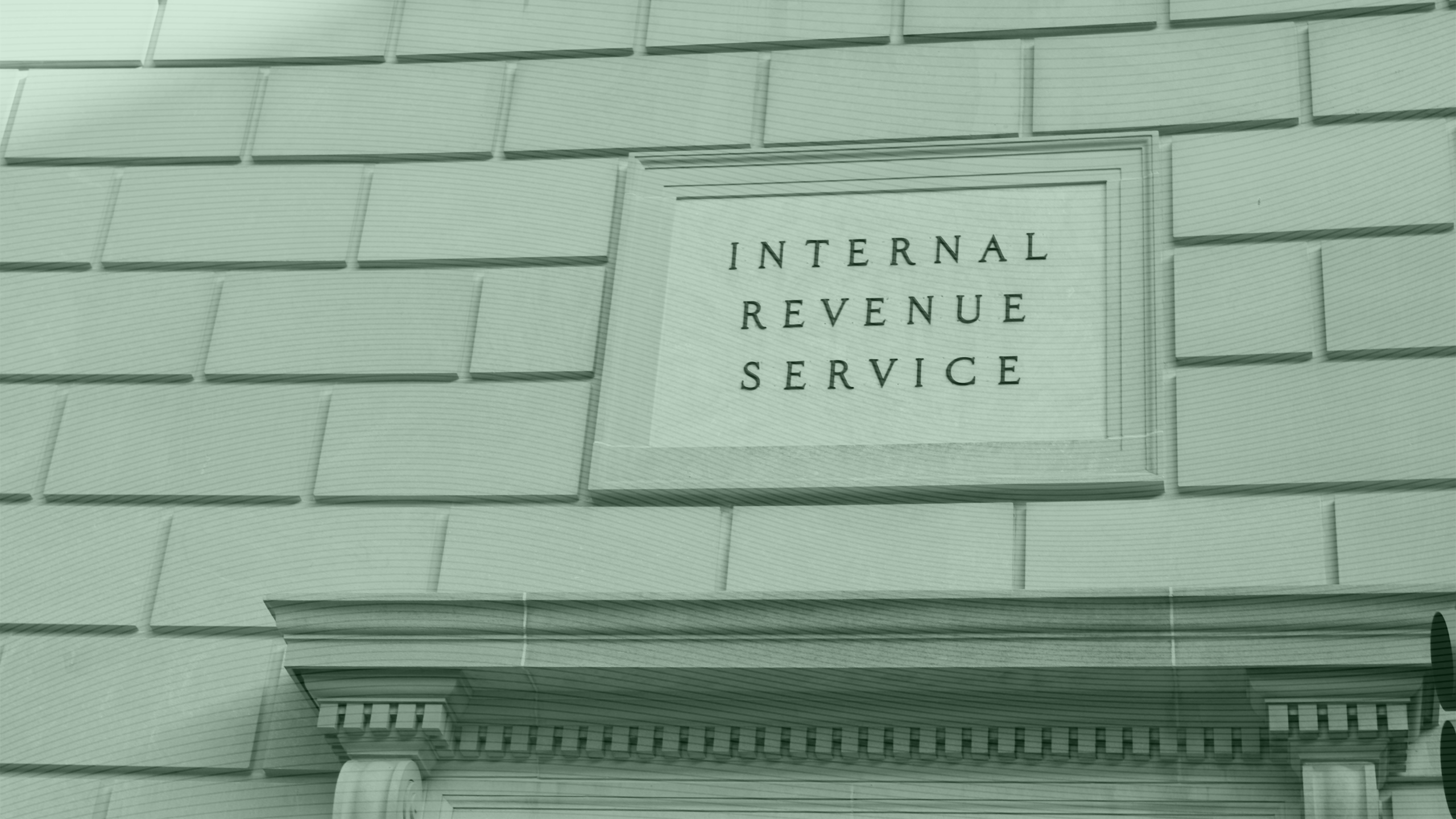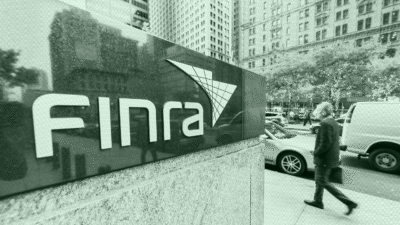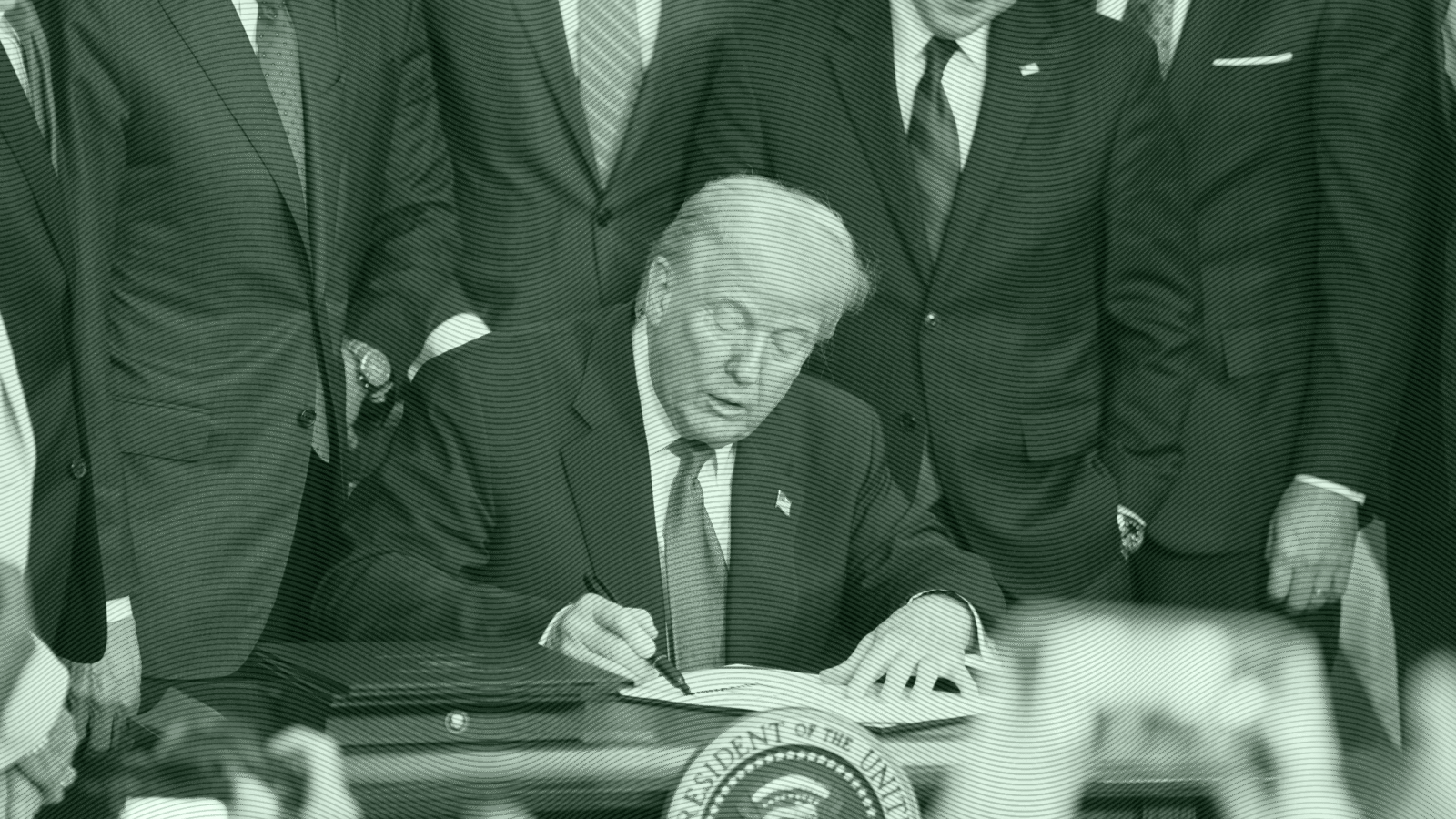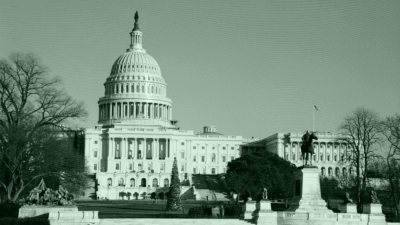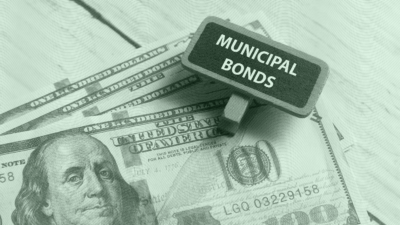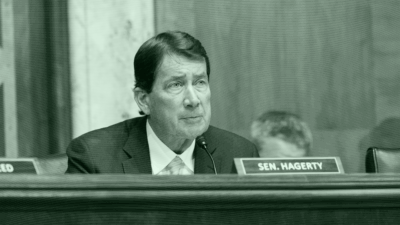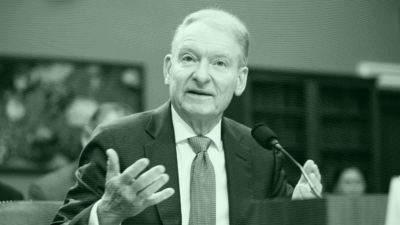New ETFs Help Clients Defer Taxes like the Super Rich
New ETF launches are using sophisticated strategies that were once only available to the wealthy to help clients defer capital gains tax.
Sign up for market insights, wealth management practice essentials and industry updates.
Who pays taxes anymore, am I right?
New exchange-traded funds are doing what the super wealthy have done for decades: finding ways to kick their tax bills down the road and let their investments compound tax-free. Issuers like Cambria Investment Management and Stance Capital are launching new ETFs to do just that, allowing investors to purchase the funds with already appreciated stocks. By trading in their holdings for the ETF, investors won’t have to worry about selling those securities and realizing capital gains.
It’s a strategy that’s been used by the world’s rich in so-called exchange or swap funds for decades, but is now available in a consumer-friendly ETF. The new products open up these tax-deferral techniques to retail investors and come with much lower fees, according to Cambria CEO Meb Faber.
“We like to launch funds that don’t actually exist,” he told The Daily Upside. “[A client] could be Warren Buffett, if he wants to contribute a portfolio, or just some dude walking down the street.”
Baby Got Tax
While the new funds will be technically open to the masses, they won’t likely attract them. Faber said the Cambria Tax Aware ETF (TAX), which is set to launch in December, is expecting to field up to 100 customers with anywhere from $200,000 to $1 million in assets — not exactly mom and pop. But it could be beneficial for those with large unrealized capital gains. The TAX fund will target value and quality stocks with little to no dividend yields, which also helps keep tax bills down.
The Stance Sustainable Beta ETF (STSB), which is slated for a November launch, provides US equity exposure to companies with ESG principles.
“There are many things in the tax code that are considered loopholes, or legal ways to pay taxes at a later time,” said Joe Schmitz Jr., CEO of Peak Retirement Planning, adding that his firm uses similar tax strategies, like donor-advised funds or charitable remainder trusts.
Death and Taxes. Like many of Wall Street’s tax strategies, it’s not about avoidance, but deferral. Investors are still on the hook for those capital gains, and will have to pay up once they eventually sell their shares of the ETFs — if they sell at all.
Inherited assets are generally stepped up to fair market value after the investor’s death, which means capital gains can effectively get reset or become significantly reduced. It’s the same with many other investments, like real estate, for instance. “When the dust settles … it’s just another example of the inappropriate use of ETFs,” said Fordham School of Law professor Jeffrey Colon, a proponent of ending tax-free ETF contributions.
Others, like Maber, say the new funds help folks lessen their tax obligations and take advantage of strategies that have long been in play for the richest investors. “My thinking was, why not take the next logical step?” Faber said. “There are funds for the super rich, so why not let everyone contribute a portfolio and get an ETF in return?”
